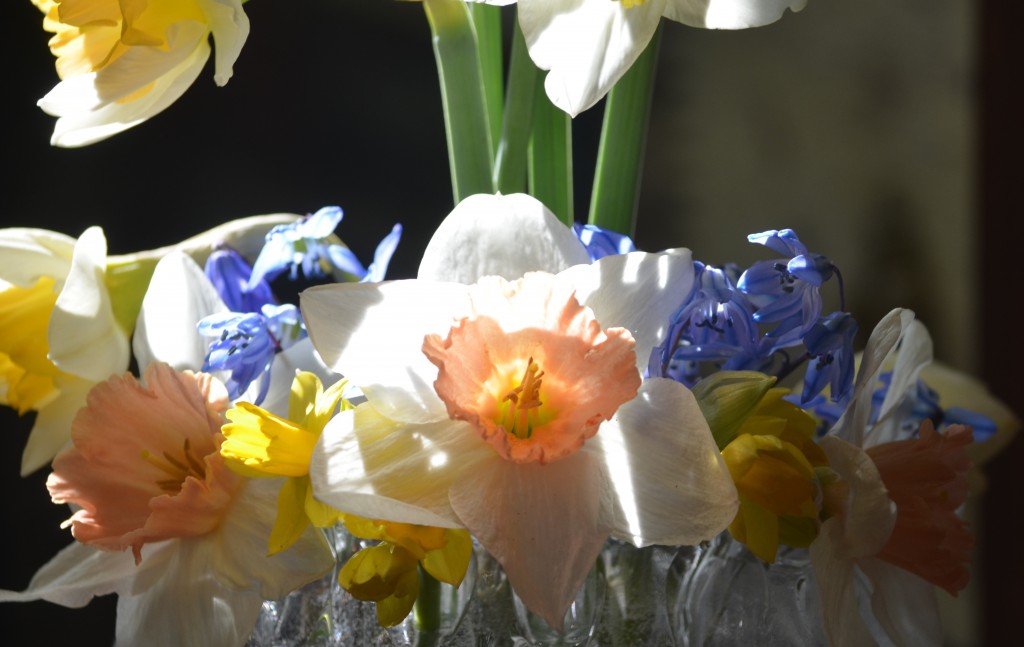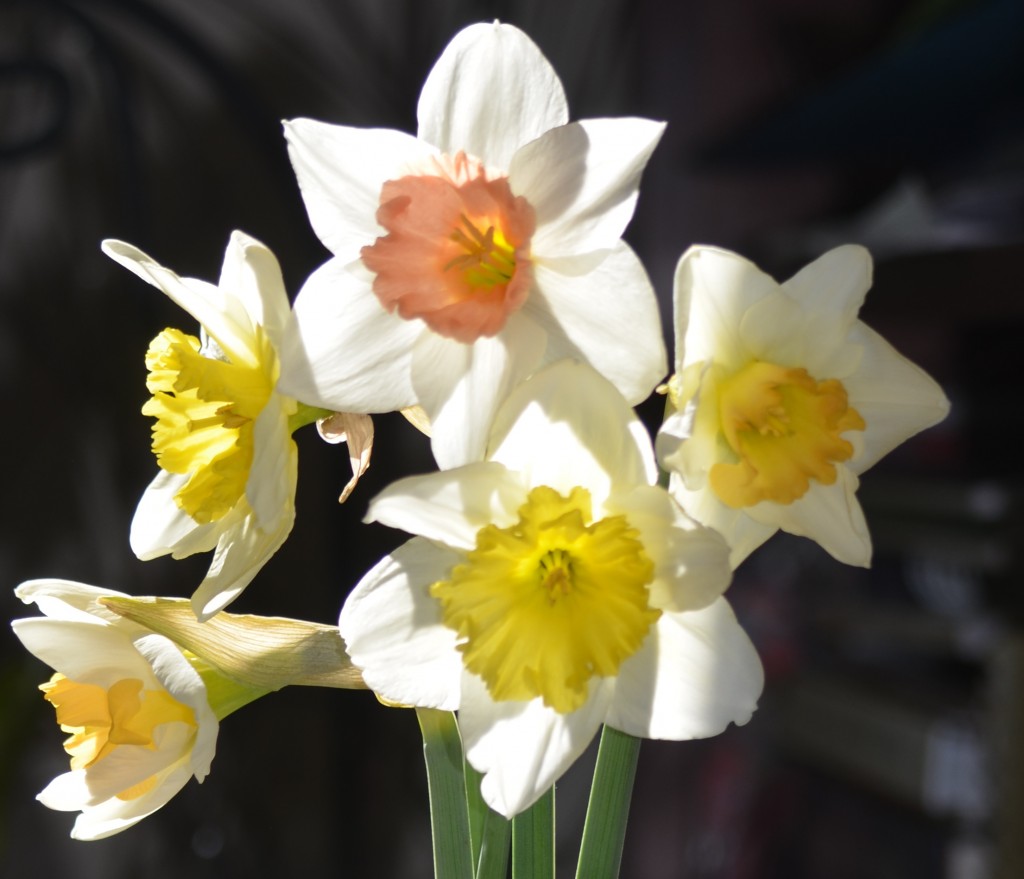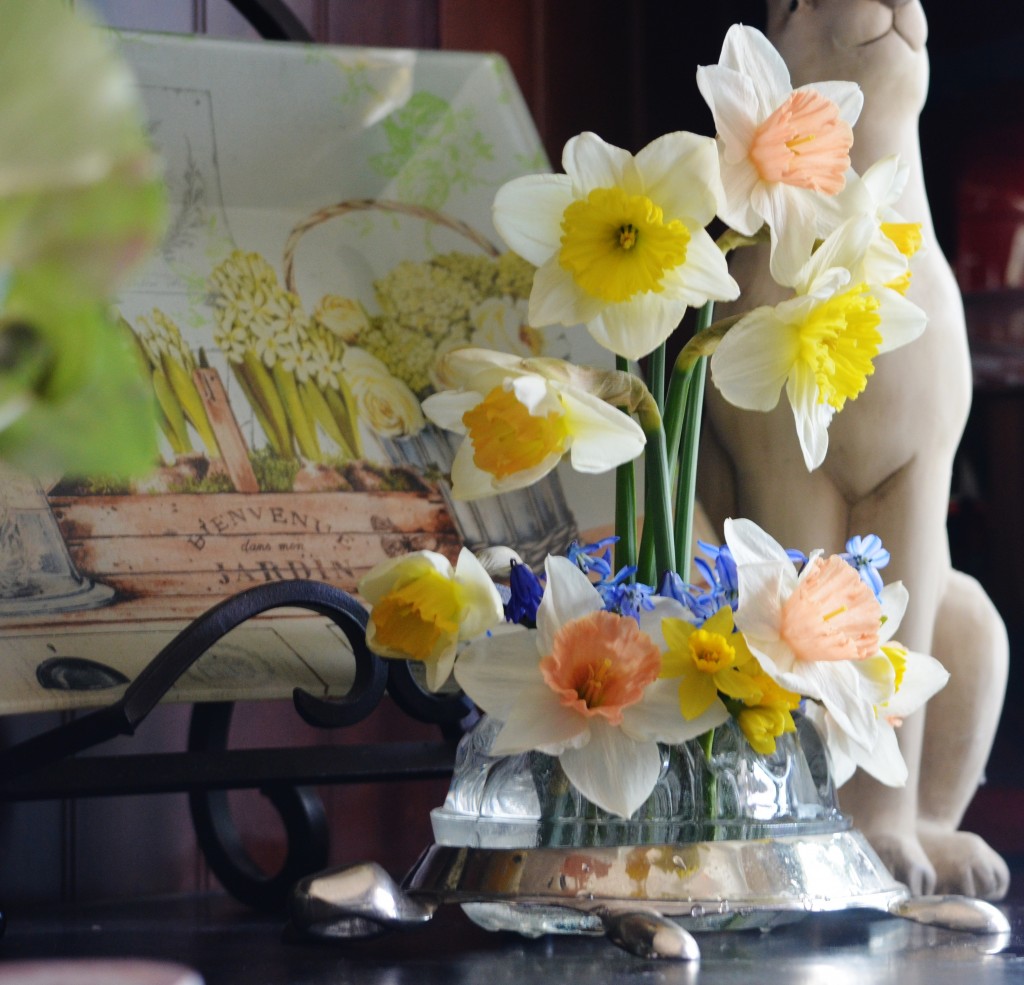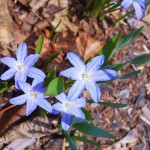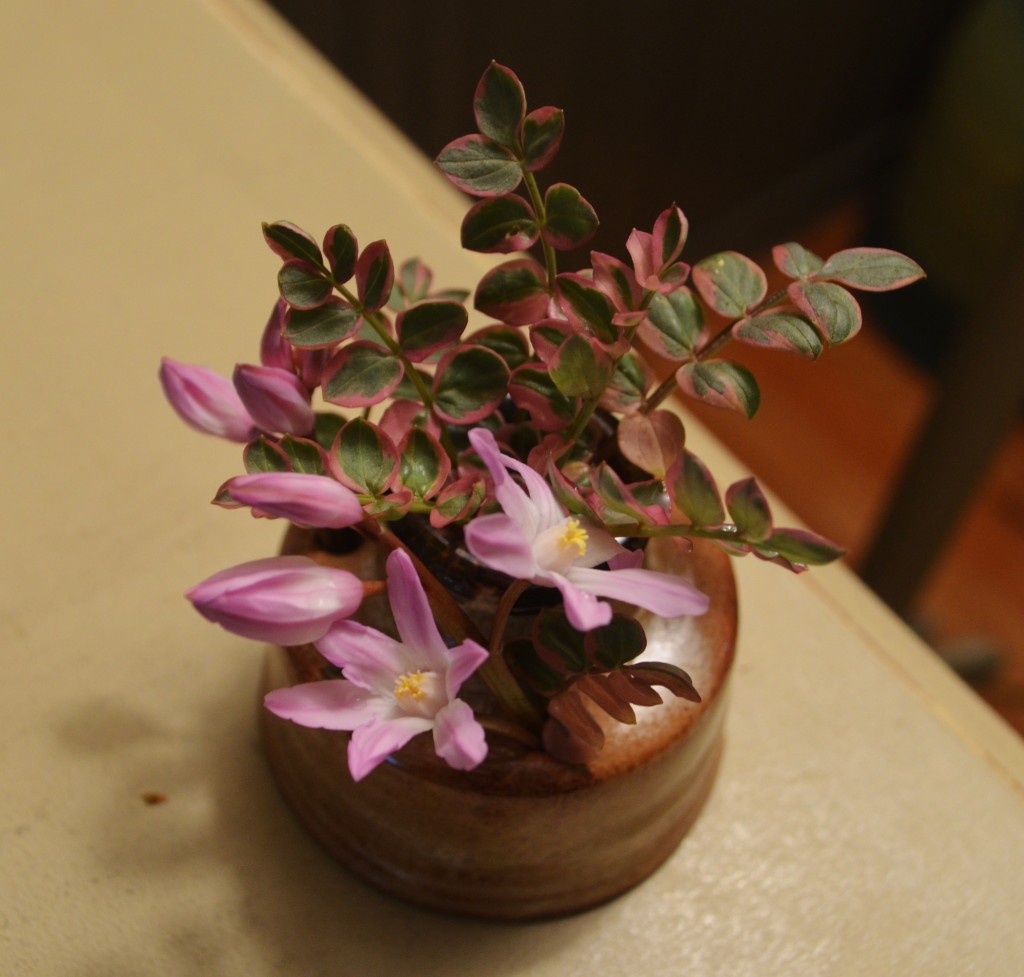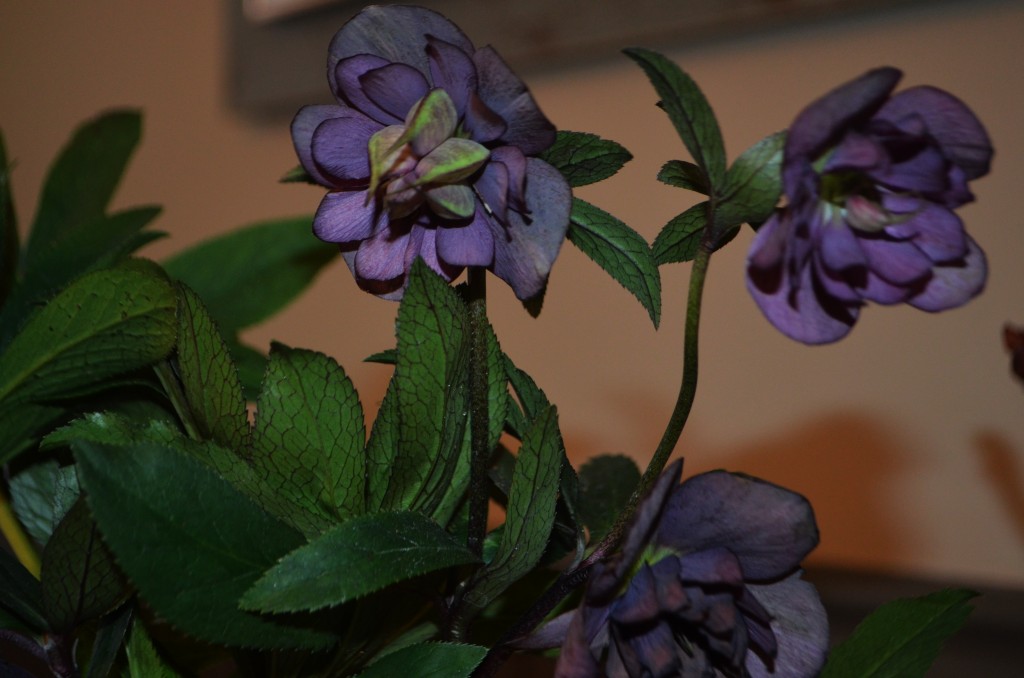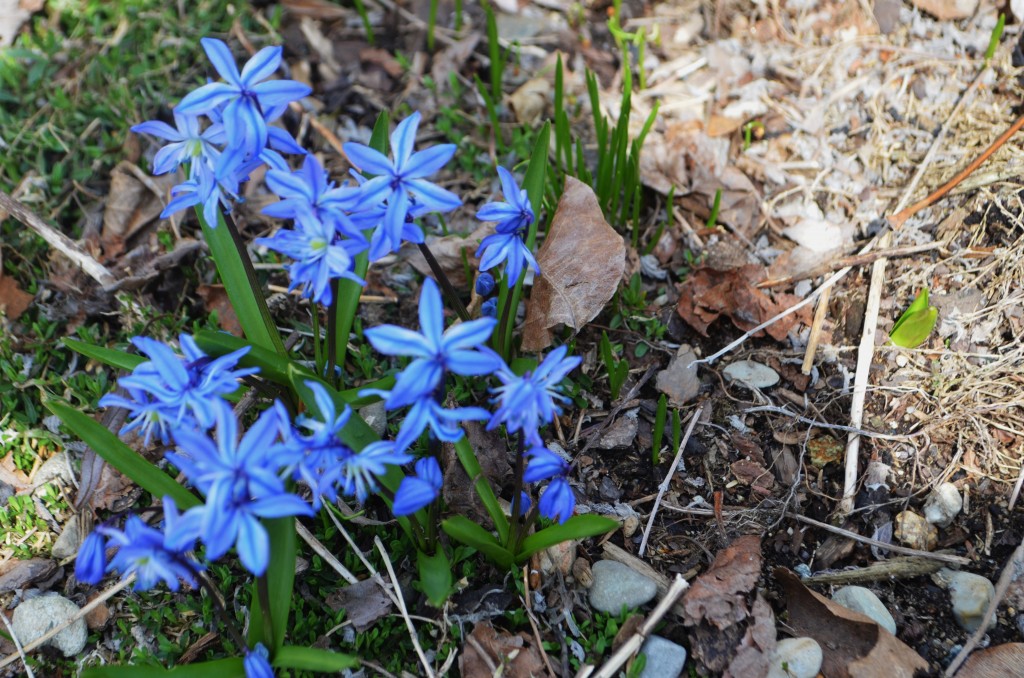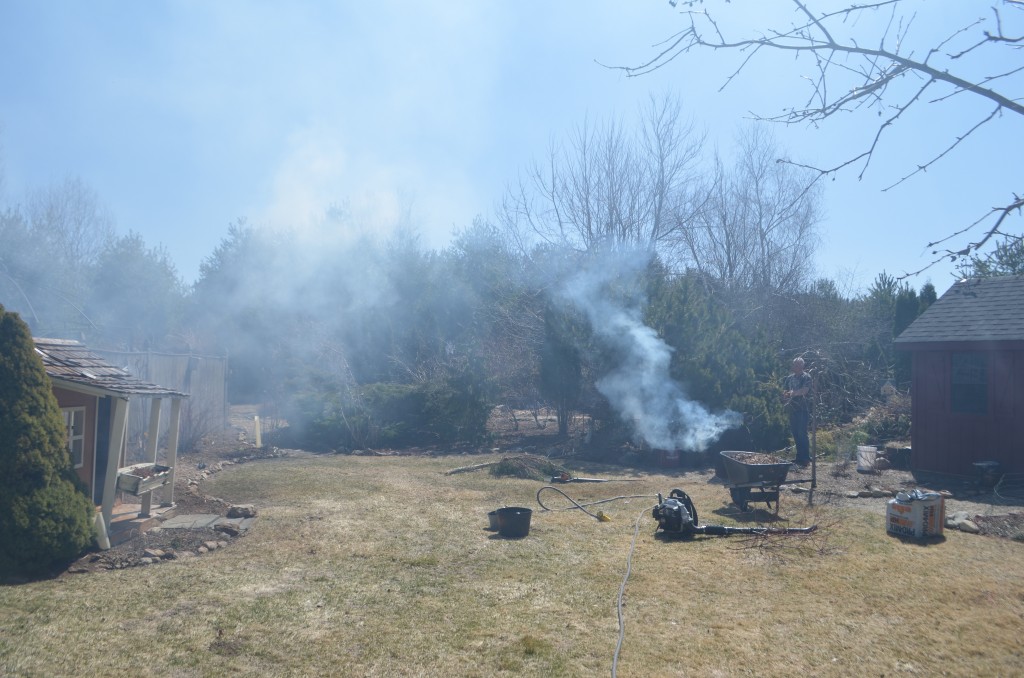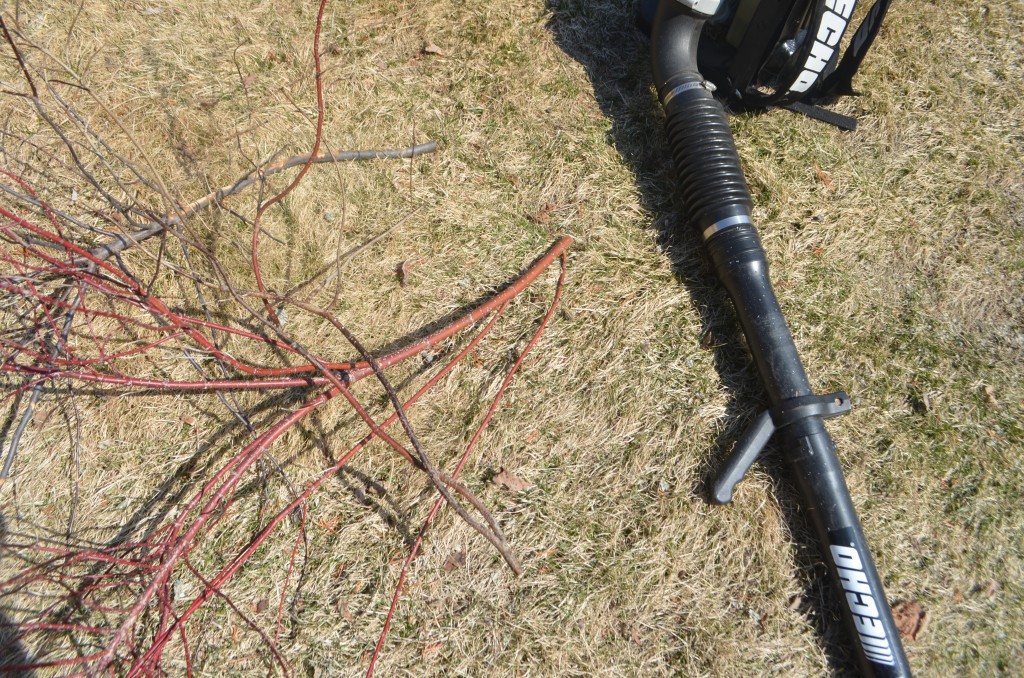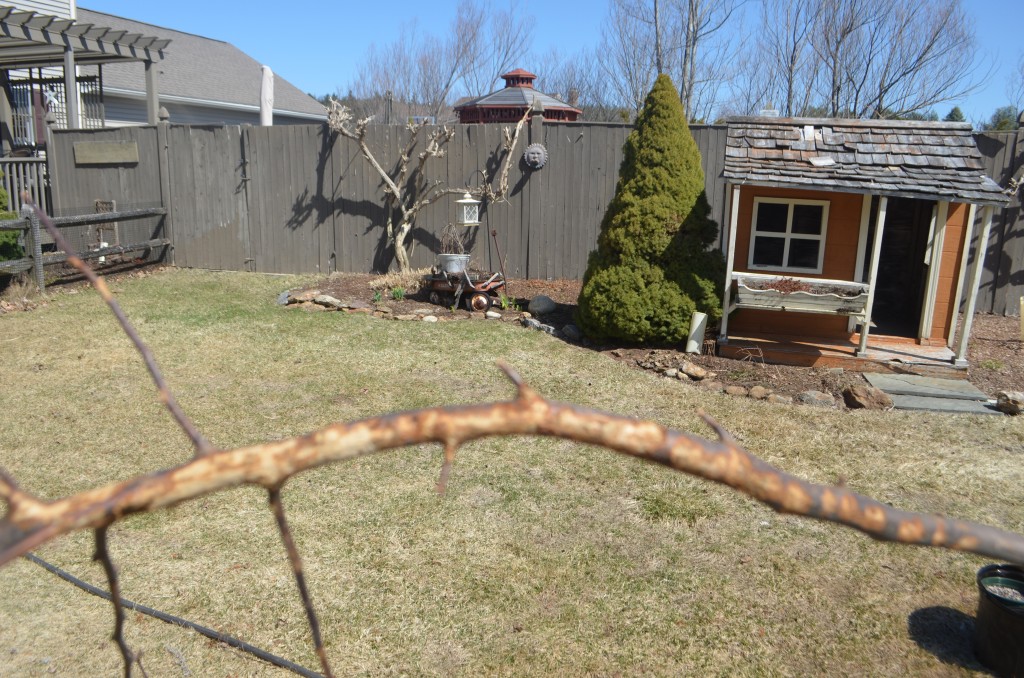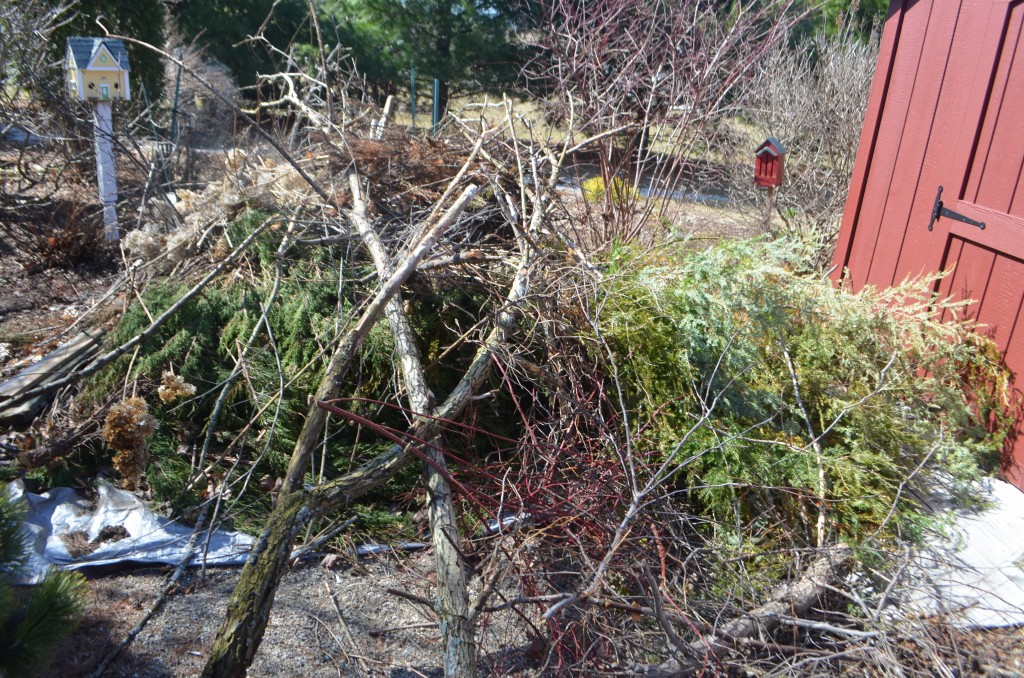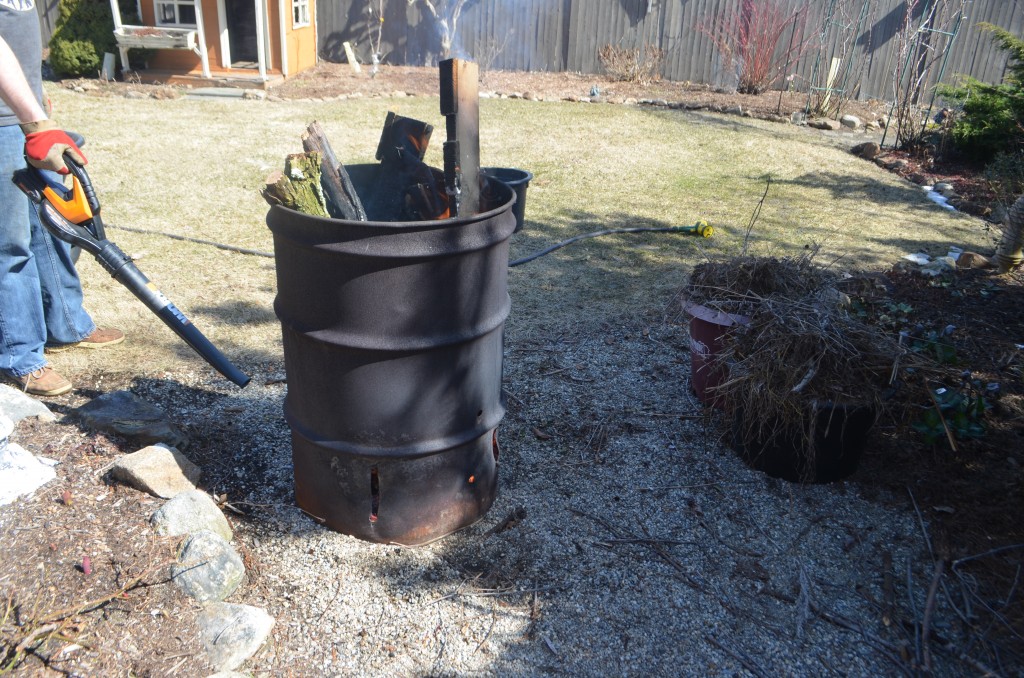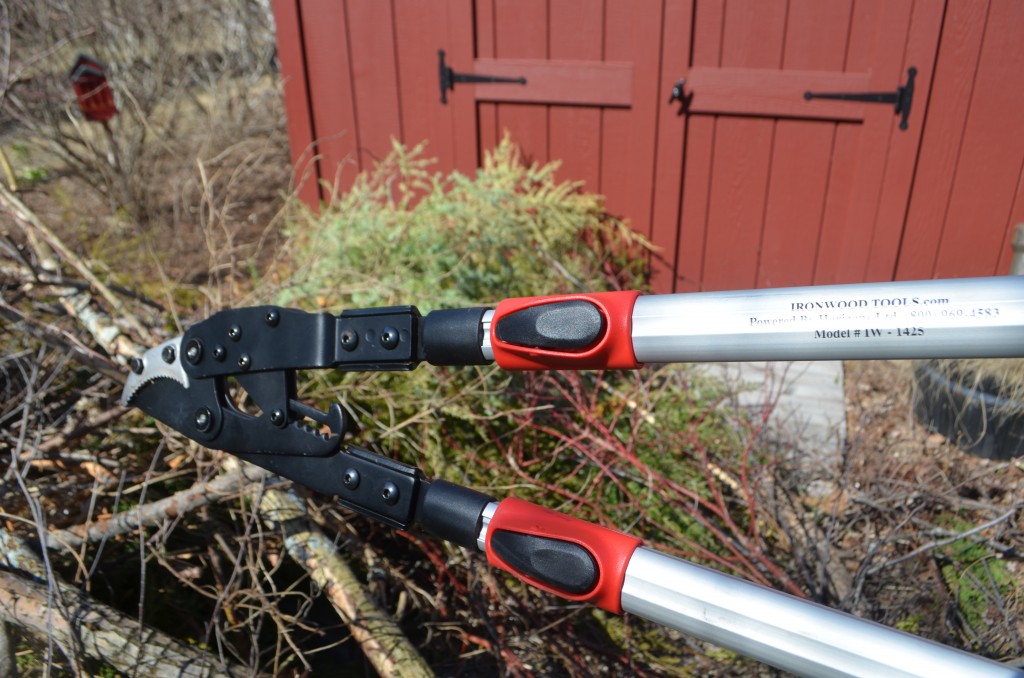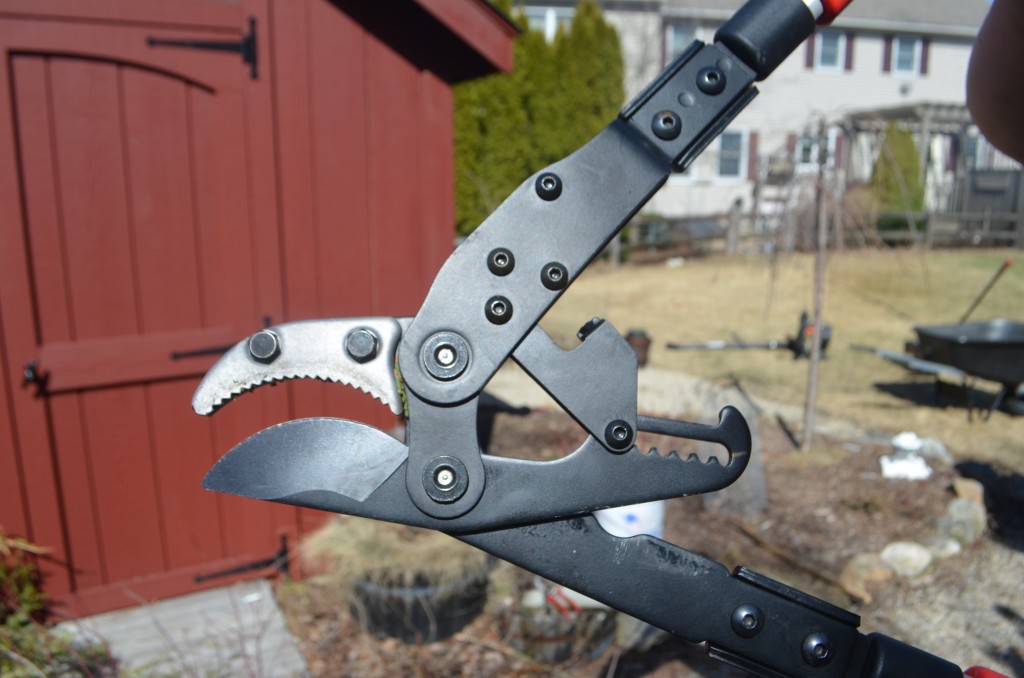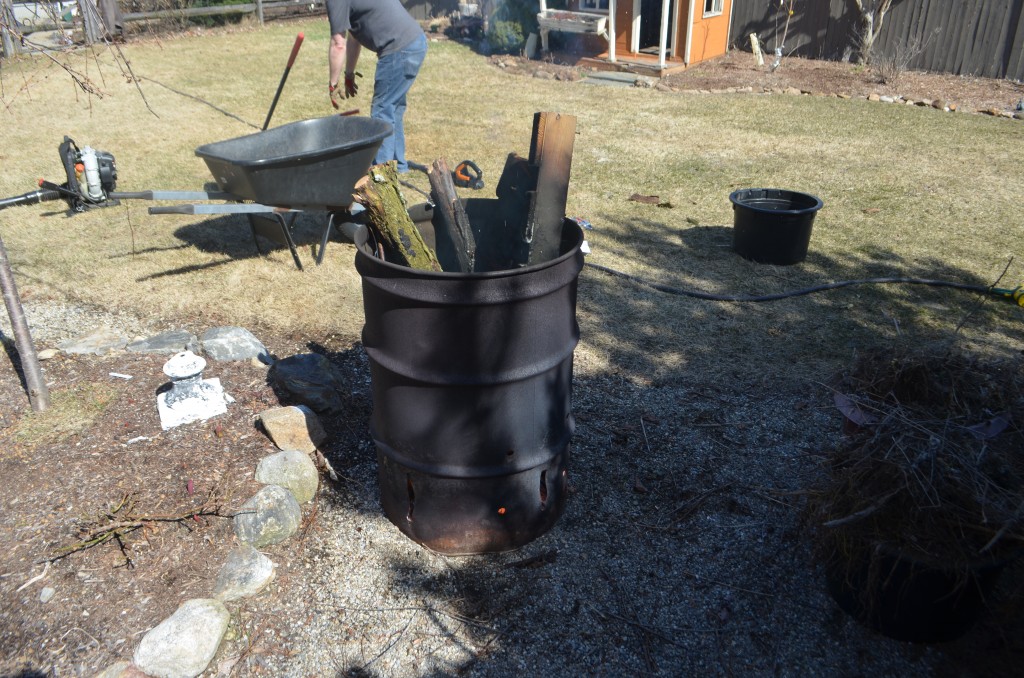Before we continue let me take a second to tell you why the native versus exotic plant debate interests me so much. As someone who came into gardening via specific plants ( I love and adore roses, lilacs, clematis and peonies and wanted to grow them) I was curious how my garden impacted it’s surroundings. Many people come to gardening this very way, whether they are looking for the best tomato, the biggest pumpkin or want to exhibit dahlias . I wonder all the time if my community had been a “Native Planting Only” (yes, many such places do exist!) if I would have bothered at all ? Would others who garden for their own personal reasons feel the same? I did not set out to make an ecosystem, I set out to make a garden ,but have always kept in mind that I am part of a much larger picture even though the scope of that picture is much larger than any one gardener can take in or take care of. Am I responsible for the success all the wildlife around me ? Should my concern be for only indigenous species( thus absolving me from worry about the honeybees ) ? Am I responsible for care of our wetlands, forests, birds, etc the list could go on and on. As I discover more about myself and my garden I am coming to realize that I can and should garden in a way that first does no harm to the environment and second keeps me actively engaged and thus providing whatever resources I am able and willing to give to the other creatures around me.
Does that mean I will let the rabbits and voles take over the garden? Absolutely not, there would be no garden if I did. Does that mean I should be conscious of whatever I decide to spray, plant , or water? Yes, as long as I am doing so in an informed and educated fashion. No matter what information is presented to me via book, internet , or word of mouth , I question everything. On any garden subject you will likely be presented with more varying and often contradictory opinions than there are days in the year, yet there is a way to discern which of them you believe.
My first rule of thumb is to avoid absolutes, zealotry or dogma. It is easy to get so caught up in a belief system or ideology and loose your way, especially when it comes to noble and lofty concerns .
My second rule is to read, read, read. You can access many published scientific research papers online and if you are ever looking for particular ones , one email to the right source can direct you where to look.
Third rule, read such papers with a critical and questioning mind. For example, one of the first papers I read posed the question; ‘Do insects feed and benefit equally from both native and non-native plants”? I was so curious to see the results, but upon further investigation saw the plant lists used to draw the conclusions were in my opinion useless: The natives were known lepidopteran (butterfly,moth and skipper) host plants and they were pitted against a whole bevy of nonnative plants found on the USDA Invasive Plant /Noxious weed list. THAT is a biased study that helps those interested in Invasion Biology, but not the average home gardener who wants to know if the specific maple or birch they are planting is a good wildlife choice. You can not draw the conclusion that all native plants are better insect food using that data. ( and it ticks me off that someone did ) .
Anyway, that is what started me on this journey of trying to get the most accurate information to help me make the best choices and have a garden that will suit both me, and the environment.
In rant part two, we return to this same article to talk about the power of words. In particular we shall discuss with a skeptical mind the very word at the cause of the debate: NATIVE.
What does native mean? A plant growing here since the first European colonists arrived ? A plant that naturalized itself before we came? A plant that appears in fossil records? One that co-evolved with other wildlife from this area ? If so , how long of a period of co-evolution counts? Well, the accepted loose definition used in discussions such as these is : A Plant that occurs naturally in a particular region , ecosystem , or habitat without direct or indirect human intervention.
Hmmmm…..So beyond anecdotal evidence of the first humans to live here as well as what we can infer from science ( like age of a tree or length of time a species has been here configured by dispersal patterns and density ) what evidence is acceptable to give a plant that coveted status of “Native”? If a plant is no longer growing here but appears in the fossil record ( like ginko biloba) is it still a native? If a plant was brought in say in 1491 via rafting is it native? What about by mammals, birds or wind? What if we take it waaaaay back to when the continents were connected and we can look at certain genera of plants who live now in similar climates at similar latitudes and share many of the same characteristics but find themselves separated by oceans? Where do we consider them “native” to?
Now let’s look at the word in a different context; how it is so often used in the media describing a very large group of supposedly worthy and desirable plants. The word native sounds so noble and has been given just that connotation by many who advocate planting indigenous plants. BUT in this grouping are plants that fit into so many categories, descriptions, and uses it boggles the mind. They can be trees, shrubs, herbaceous perennials, aquatic plants, or bulbs. They can be shade dwellers or sun lovers, xeric plants or bog dwellers. Some , like our indigenous spring ephemerals need very specific growing conditions and emerge early, bloom quickly then go dormant for the rest of the growing season. Some can be aggressive growers like campsis radicans or trumpet vine that can climb to 35 feet scrambling over anything in it’s path , shading out any competing plants and will rapidly colonize a large area using suckers that crop up many feet from the main plant. Some native plants are very well behaved in their particular ecosystem, but move them down the road a pace or two and they become noxious weeds. How about poison sumac? the highly poisonous water hemlock? What about the Franklinia tree which is prone to a multitude of diseases , resists transplantation and is generally a pain in the ass to grow? would you choose that over the easy to grow Serviceberry ( amalnchier canadensis)? All of these plants are so diverse, so distinct in cultivation and wildlife value, yet are all lumped as one holy grail of plant material …THE NATIVE.
As for the words used to describe non-indigenous plants , they are EXOTIC and ALIEN , powerfully negative words leaving a homeowner or gardener with feelings of guilt and failure when planting what could very well be both garden and wildlife friendly plants. Words are everything , and they can lead us down some very dangerous paths.
Moving on to value, both to wildlife and the garden, there are many native plants that serve the same function as nonnatives. Biodiversity ; or the number, variety and genetic variation of organisms found within a specific geopgraphic region , is not limited to native plants. Neither are leaf litter, shade canopy, shelter, or fruit. Lepidoptera species ( butterflies and moths) utilize both native and nonantive species , and some plants regardless of nativity are never butterfly host plants. Some native species are LESS valuable to wildlife than nonatives, some are more. Click here to see the U Maine’s wildlife support PDF for apple and crab apple trees, keep in mind they define ‘wild” as untended, NOT native…..pretty amazing the host of creatures they feed,( as an aside if you tried to plant one of the 4 indigenous crab apple species you would quickly loose them to disease ,whereas there are a multitude of disease resistant non native species.)
If we are going to get a homeowner to plant a small tree, the delightful crab apple with both ornamental AND wildlife benefit is a win-win! The same can be said for lilac , host to 10 lepidoptera species , nectar source for countless pollinators and shelter for birds, and a homeowner favorite as well. They should not be shamed for doing so.
So, the point? Well, really I would like all involved in horticulture on any level to adopt a new way of talking. Just spewing off “plant native!” does a great disservice to the average home gardener. Be specific, for butterfly host plants familiarize yourself with which butterflies rely on which plants for their caterpillars, as well as nectar sources. Same goes for birds, bees, whatever. Then know the conditions of the site you are dealing with ,the kind of garden desired, the budget and the degree of maintenance the gardener is willing to tolerate, and THEN suggest plants that you know they can access, plant and grow successfully within those parameters.
Also, keep in mind that many studies point to habitat as a big huge part of the battle in wildlife support, so encourage a planting that has a groundcover, understory and canopy if possible , or inclusion of un-mowed grass or even meadow areas. The worst type garden for wildlife is a few shrubs and loads of bark mulch surrounded by a lawn.
Next up…dealing with our New Ecosystem (human density, pollution, soil compaction, deer pressure, plant diseases and pests) and what happens when a very worthy and honorable ideal becomes a crusade .
In further posts: The issues of insect biomass, cultivating new hybrids of natives for more widespread garden use, and the ever controversial butterfly bush.
 Spring flowers are finally starting to appear in the garden en masse this week making the work of arranging all the easier, Daffodils , once they have begun blooming in The Burrow , will continue on well into June ending with the very latest of the bunch ‘Baby Moon’. Unfortunately ( or fortunately depending on how you look at it) I plant countless daffodils a year that come in mixed bags from wherever I can find them so they are cheap, but unnamed. The earliest that are blooming now fall into the cheap and unnamed category, except one little miniature that I am sure was intentionally bought and planted, I just can’t find the label. Oh well.
Spring flowers are finally starting to appear in the garden en masse this week making the work of arranging all the easier, Daffodils , once they have begun blooming in The Burrow , will continue on well into June ending with the very latest of the bunch ‘Baby Moon’. Unfortunately ( or fortunately depending on how you look at it) I plant countless daffodils a year that come in mixed bags from wherever I can find them so they are cheap, but unnamed. The earliest that are blooming now fall into the cheap and unnamed category, except one little miniature that I am sure was intentionally bought and planted, I just can’t find the label. Oh well. 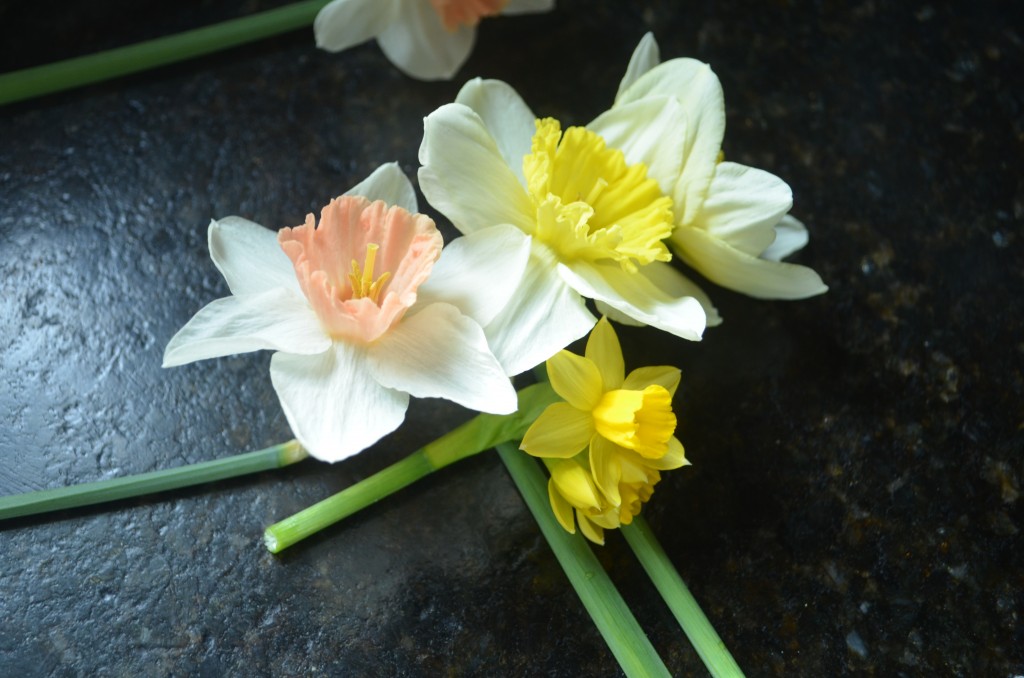
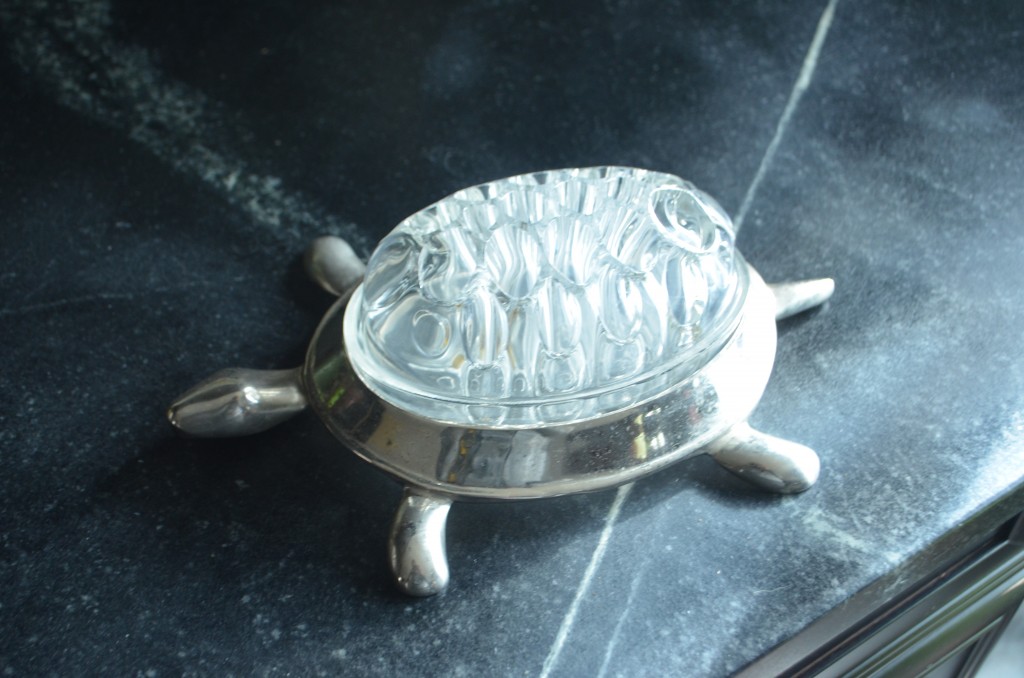 It is a little frog in the shape of turtle and is sweet beyond words.When I found it at a consignment shop I envisioned using very short stems and covering the shell , and still plan on doing that, but today went for a different look. There are 10 or so holes on the top making it easy to insert and support the flowers and it’s diminutive stature made it the perfect vessel to incorporate minor spring bulbs, in this case siberian squill. Sweet turtle boy has been sitting on my bookshelf looking adorable even without flowers in it since the depths of winter ( I remember ever so clearly climbing through a 5 ft. snow banking outside the shop to get to the parking meter the day I bought him) but I am glad the time has come to start using him to arrange.
It is a little frog in the shape of turtle and is sweet beyond words.When I found it at a consignment shop I envisioned using very short stems and covering the shell , and still plan on doing that, but today went for a different look. There are 10 or so holes on the top making it easy to insert and support the flowers and it’s diminutive stature made it the perfect vessel to incorporate minor spring bulbs, in this case siberian squill. Sweet turtle boy has been sitting on my bookshelf looking adorable even without flowers in it since the depths of winter ( I remember ever so clearly climbing through a 5 ft. snow banking outside the shop to get to the parking meter the day I bought him) but I am glad the time has come to start using him to arrange.